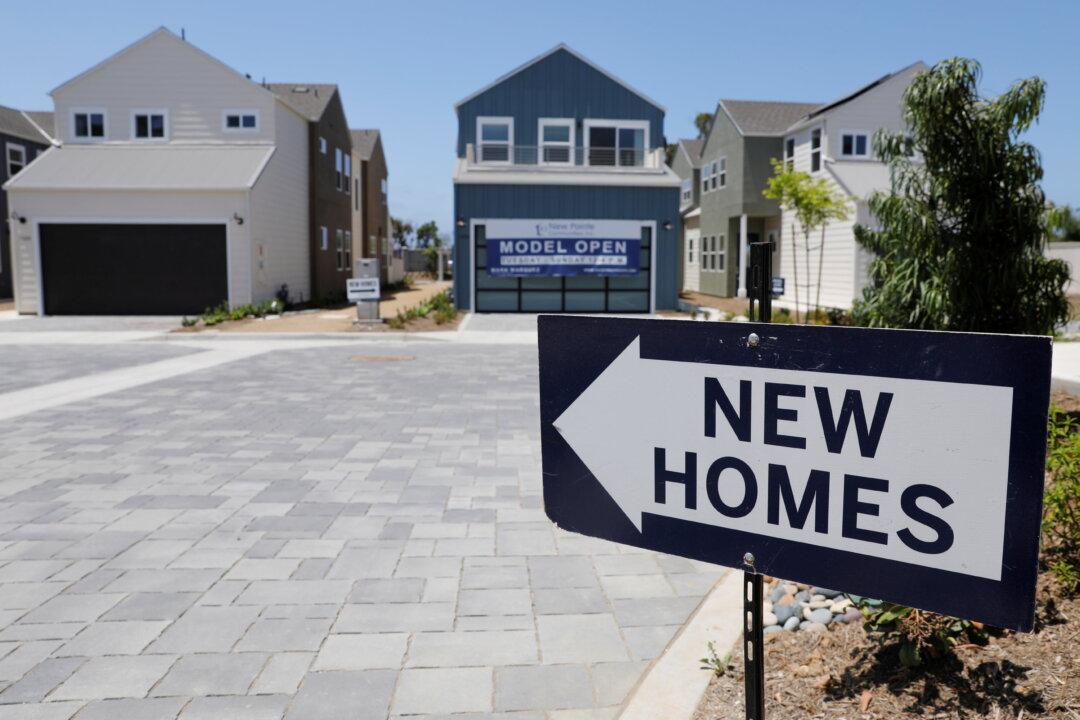The purchase of new homes fell last month as mortgage rates surged and sapped demand, the latest data from the U.S. Census Bureau show.
“Sales of new single-family houses in September 2022 were at a seasonally adjusted annual rate of 603,000 … This is 10.9 percent below the revised August rate of 677,000 and is 17.6 percent below the September 2021 estimate of 732,000,” states a press release on Oct. 26. There were an estimated 462,000 houses for sale at the end of September, representing a supply of homes for 9.2 months as per the ongoing sales rate.





